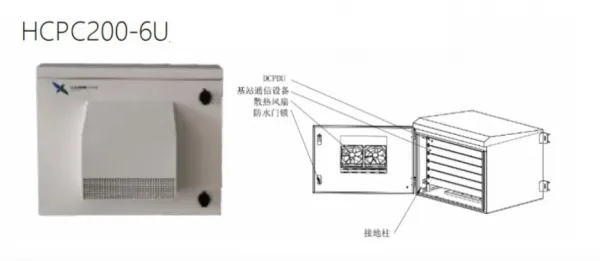smart grid energy storage
Smart grid energy storage represents a revolutionary advancement in power management systems, combining cutting-edge technology with intelligent distribution capabilities. This sophisticated system integrates various storage solutions, including batteries, pumped hydro storage, and thermal storage facilities, into an interconnected network that efficiently manages power flow. The system employs advanced sensors and automated controls to monitor and optimize energy distribution in real-time, ensuring maximum efficiency and reliability. At its core, smart grid storage serves as a buffer between power generation and consumption, storing excess energy during low-demand periods and releasing it when demand peaks. This technology enables seamless integration of renewable energy sources like solar and wind power, addressing their intermittent nature by providing stable power supply regardless of weather conditions. The system utilizes advanced analytics and artificial intelligence to predict energy demand patterns, optimize storage capacity, and maintain grid stability. Additionally, it incorporates robust cybersecurity measures to protect against potential threats while ensuring continuous operation. This comprehensive approach to energy management makes smart grid storage an essential component in modern power infrastructure, supporting both utility-scale operations and localized microgrids.


